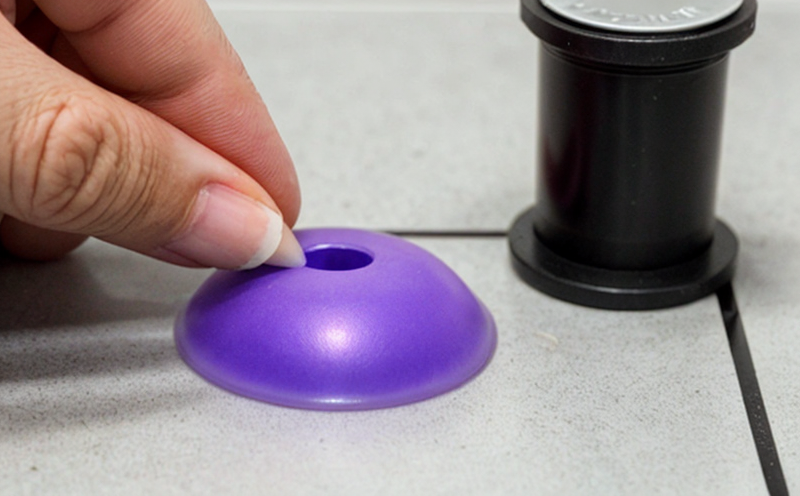Nanoparticle Surface Area Testing
In recent years, nanomaterials have garnered significant attention across various industries due to their unique physical and chemical properties. These properties make nanoparticles highly versatile for applications in electronics, medicine, energy storage, and more. However, the precise quantification of surface area is crucial for ensuring safety, efficacy, and performance of these materials.
The determination of nanoparticle surface area is a complex process that requires specialized equipment and rigorous methodology to ensure accurate results. Surface area plays a critical role in determining how nanoparticles interact with their environment and other materials. For instance, it influences the reactivity, dispersibility, and stability of the particles. Therefore, understanding the surface area can provide insights into potential health risks or environmental impacts.
Our laboratory offers advanced nanoparticle surface area testing services using industry-standard techniques such as BET (Brunauer-Emmett-Teller) analysis. This method allows for precise measurement by adsorbing gas molecules onto the nanoparticle surface and measuring the amount of adsorbed gas at different pressures.
The process begins with thorough sample preparation, where we ensure that the particles are dispersed uniformly in a solvent to minimize agglomeration effects. Proper dispersion is essential as it directly impacts the accuracy of the measurement. After preparing the samples, they undergo rigorous characterization using scanning electron microscopy (SEM) and transmission electron microscopy (TEM). These techniques provide visual confirmation of particle morphology and size distribution.
The BET analysis itself involves exposing the sample to nitrogen gas under controlled temperature and pressure conditions. The adsorption isotherm obtained from this process allows us to calculate the specific surface area of the nanoparticles. This value is then cross-verified with other complementary methods like thermogravimetric analysis (TGA) for further validation.
The results generated from our testing are highly reliable and can be used for regulatory compliance, R&D purposes, or quality assurance in manufacturing processes involving nanomaterials. By providing accurate surface area data, we help clients make informed decisions about product development, material selection, and process optimization.
| Standard | Description |
|---|---|
| ASTM E387-2019 | Standard Test Method for Measuring the Specific Surface Area of Solids by Gas Adsorption. |
| ISO 9276:2006 | Surface Topography – Profile and Areal Parameters – Part 2-1: Basic Characterization Methods. |
Applied Standards
The accuracy of nanoparticle surface area testing relies heavily on adherence to internationally recognized standards. Our laboratory strictly follows these guidelines:
| Standard | Description |
|---|---|
| ASTM E387-2019 | This standard specifies a method for measuring the specific surface area of solids by gas adsorption using nitrogen as the adsorbate. It provides detailed procedures and considerations to ensure consistent results. |
| ISO 9276:2006 | This ISO standard deals with the characterization methods for surface topography, which includes profile and areal parameters. It helps in understanding the morphology of nanoparticle surfaces that influence their behavior. |
Eurolab Advantages
At Eurolab, we pride ourselves on offering superior quality and reliability in all our testing services. Our nanoparticle surface area testing is no exception:
- Expertise: Our team comprises highly skilled scientists with extensive experience in nanotechnology.
- State-of-the-art equipment: We use cutting-edge technology to ensure precise measurements and consistent results.
- Precision: Every test is conducted under controlled conditions to eliminate external variables that could affect the outcome.
- Comprehensive reporting: Our reports are detailed and include all relevant data, analysis, and recommendations for further action.
Why Choose This Test
The importance of nanoparticle surface area testing cannot be overstated. Here’s why it is essential:
- Regulatory Compliance: Ensures adherence to international standards and regulations regarding nanomaterials.
- Risk Assessment: Provides critical information for assessing potential risks associated with nanoparticles in various applications.
- Quality Assurance: Helps maintain consistent product quality by validating the performance of manufactured materials.
- Research & Development: Supports innovative research and development efforts by providing accurate data on particle properties.





